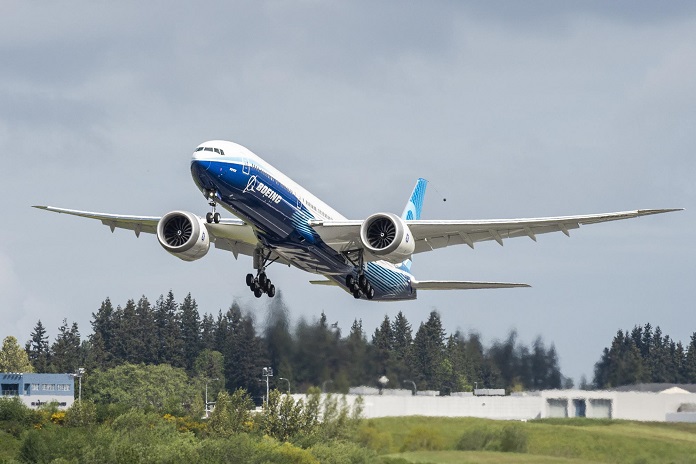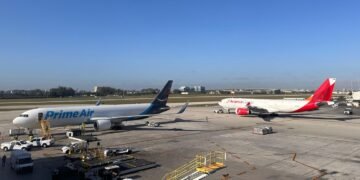The effects of the COVID-19 pandemic have continued to hit the world’s second-largest planemaker to the point where it is now further revising output schedules. Growing hostilities between the U.S. and China have now seen the latter shelve plans to purchase larger jets from the U.S., which has caused further problems for Boeing. The 777X launch has now been delayed for a further year, while the 747 is now scheduled to end production completely by 2022.
Demand for the 777 and 787 Dreamliner have tumbled, to which David Calhoun, Boeing CEO told analysts: “Our industry and our company are weathering challenges like none we have ever experienced in our lifetimes.” 787 output is now being pared back to six units per month in 2020, a third reduction in output since it peaked at 14 units a month last year. Plans for the production of the 777 mini-jumbo and its sister aircraft, the 777X, will be cut to two units per month. Boeing is also exploring the possibility of consolidating the production lines for the 787 Dreamliner, which is currently split between Everett, Washington and North Charleston, North Carolina. This consequently casts a large shadow over the future of the Everett hub as the 787-10, the largest of the variants, can only be manufactured in South Carolina.
Boeing does not anticipate commercial air travel returning to pre-pandemic levels until 2023, and further delays in obtaining renewed airworthiness certification for the 737 MAX means that the current stockpile of approximately 450 of the jets will take a year to clear once certification has been obtained. This will likely see Boeing move a production target of 31 of the jets a month into 2022.







